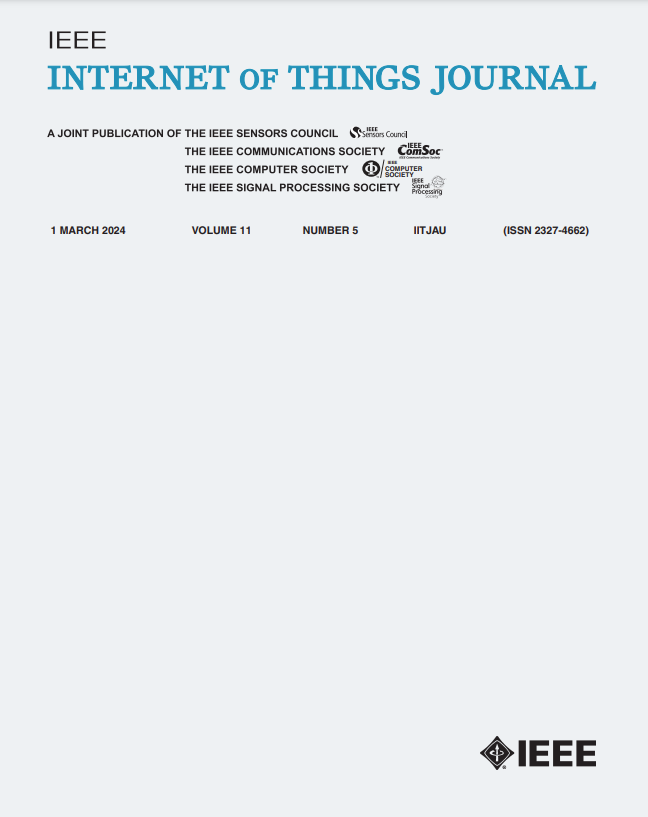Hopfield神经网络的分岔动力学、幅频特性及其应用
IF 8.9
1区 计算机科学
Q1 COMPUTER SCIENCE, INFORMATION SYSTEMS
引用次数: 0
摘要
Hopfield神经网络(HNN)由于其灵活的拓扑结构和丰富的动态特性而被广泛用于模拟脑电活动。此外,神经活动的光谱特征作为基本信号,为识别神经系统疾病的新靶点和推进下一代神经调节疗法提供了潜力。然而,高频网络的频域分析却鲜有报道。为了进一步探讨谐波项引起的复杂周期运动,本研究采用有限傅立叶级数的离散映射方法分析了发射行为的分岔演化和共存,首次对其幅频特性进行了定量分析。此外,通过研究共存吸引子的谐波幅值与相位之间的关系,为共存吸引子的研究提供了新的视角。最后,通过印制电路板搭建的硬件电路对仿真结果进行验证,并利用不稳定周期轨道产生的混沌序列设计了高性能伪随机数发生器。该研究为物联网数据加密和通信安全提供了一种新的途径。本文章由计算机程序翻译,如有差异,请以英文原文为准。
Bifurcation Dynamics, Amplitude–Frequency Characteristics of Hopfield Neural Network and Its Application
The Hopfield neural network (HNN) has been widely used to simulate brain electrical activity due to its flexible topology and rich dynamical behaviors. Moreover, the spectral characteristics of neural activity serve as fundamental signal, offering potential to identify novel targets for neurological disorders and advancing next-generation neuromodulation therapies. However, the frequency-domain analyses of HNN have rarely been reported. To further explore the complex periodic motions induced by harmonic terms, this study employs discrete mapping method incorporating finite Fourier series to analyze bifurcation evolutions and coexistence of firing behaviors, providing the quantitative analysis of their amplitude-frequency characteristics for the first time. Additionally, by investigating the relationship between harmonic amplitudes and phases in coexisting attractors, new perspectives on the study of coexisting attractors are provided. Finally, the simulation results are verified through the hardware circuit built using printed circuit board and a high-performance pseudorandom number generator is designed by leveraging chaotic sequences derived from unstable periodic orbits. This research contributes a new approach for data encryption and communication security in Internet of Things.
求助全文
通过发布文献求助,成功后即可免费获取论文全文。
去求助
来源期刊

IEEE Internet of Things Journal
Computer Science-Information Systems
CiteScore
17.60
自引率
13.20%
发文量
1982
期刊介绍:
The EEE Internet of Things (IoT) Journal publishes articles and review articles covering various aspects of IoT, including IoT system architecture, IoT enabling technologies, IoT communication and networking protocols such as network coding, and IoT services and applications. Topics encompass IoT's impacts on sensor technologies, big data management, and future internet design for applications like smart cities and smart homes. Fields of interest include IoT architecture such as things-centric, data-centric, service-oriented IoT architecture; IoT enabling technologies and systematic integration such as sensor technologies, big sensor data management, and future Internet design for IoT; IoT services, applications, and test-beds such as IoT service middleware, IoT application programming interface (API), IoT application design, and IoT trials/experiments; IoT standardization activities and technology development in different standard development organizations (SDO) such as IEEE, IETF, ITU, 3GPP, ETSI, etc.
 求助内容:
求助内容: 应助结果提醒方式:
应助结果提醒方式:


